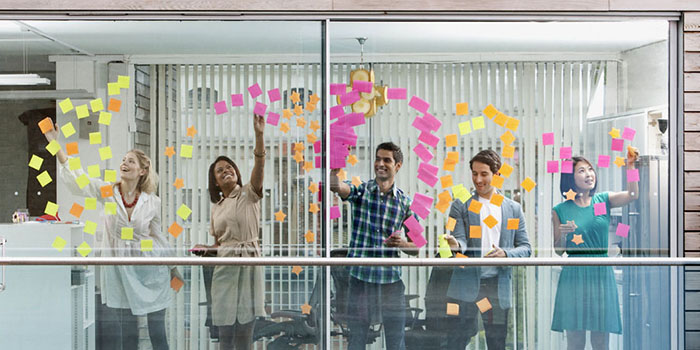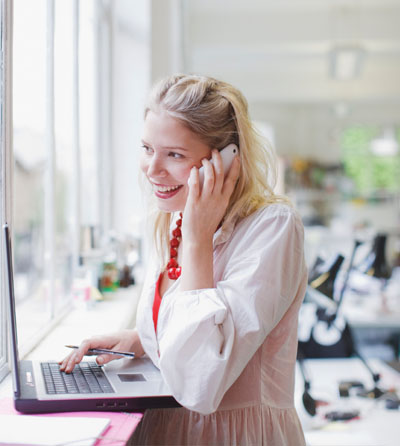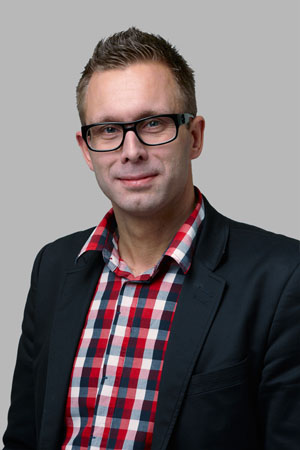
Trends in office planning
Activity Based Working (ABW)
 Now that technology no longer ties us to a specific place, the office is becoming activity based. Rather than simply using a desk as the starting point, it’s the type of activity and tasks that govern where and how we work. Often the starting point is allocating every employee some space for personal storage and documentation. Between 10 and 20 employees then share an area for their different needs during the working day. It is generally considered that 70 % of the employees can work without a dedicated desk, while 30 % need a permanent workstation.
Now that technology no longer ties us to a specific place, the office is becoming activity based. Rather than simply using a desk as the starting point, it’s the type of activity and tasks that govern where and how we work. Often the starting point is allocating every employee some space for personal storage and documentation. Between 10 and 20 employees then share an area for their different needs during the working day. It is generally considered that 70 % of the employees can work without a dedicated desk, while 30 % need a permanent workstation.
The latter applies particularly to administrative staff. These figures do, of course, vary considerably between different functions at the company. As, in order for ABW to work, extremely good technology and IT support is also required, this type of planning is more common in organisations with a strong focus on IT and communications.
 Workplaces are getting smaller in physical terms. As fewer and fewer people work at the office full-time, it is becoming possible to save on floor space and plan more efficiently. Smaller premises mean cost savings for the companies but more money is spent on the design and fittings instead.
Workplaces are getting smaller in physical terms. As fewer and fewer people work at the office full-time, it is becoming possible to save on floor space and plan more efficiently. Smaller premises mean cost savings for the companies but more money is spent on the design and fittings instead.
Jonas Källberg, product manager at the office furniture company Martela.
Meeting place in focus
Large offices and greater mobility among staff has led to an increased demand for places where people can meet their colleagues in peace and quiet and to make plans. Having extra meeting rooms is a clear trend in new build offices, with the most common layout is for four to eight seats. Not that everyone is always physically present at the meeting of course. The need for meeting rooms is also driven by many people opting for video and phone conferencing rather than travelling.

The office as part of the brand
An exciting interior which matches the company’s identity has become ever more important when it comes to attracting new staff and reflecting the brand. Ergonomics and functionality are today viewed as natural parts of working life. An inspirational working environment has now become the new competitive edge.
 Lots of colour is still a strong trend in office design, although the new style is for more subdued, slightly ‘dirty’ colours. White desks with colourful accents, on the trim for example, or light, natural materials like birch and ash, are in vogue at offices right now. We are also seeing natural materials becoming ‘luxurious’. Surfaces coated with linoleum or leather exudes exclusivity and acts as an ideal way of standing out from the crowd. A positive development, where environmental awareness and trend creation go hand-in-hand.
Lots of colour is still a strong trend in office design, although the new style is for more subdued, slightly ‘dirty’ colours. White desks with colourful accents, on the trim for example, or light, natural materials like birch and ash, are in vogue at offices right now. We are also seeing natural materials becoming ‘luxurious’. Surfaces coated with linoleum or leather exudes exclusivity and acts as an ideal way of standing out from the crowd. A positive development, where environmental awareness and trend creation go hand-in-hand.
Jonas Källberg, product manager at the office furniture company Martela.